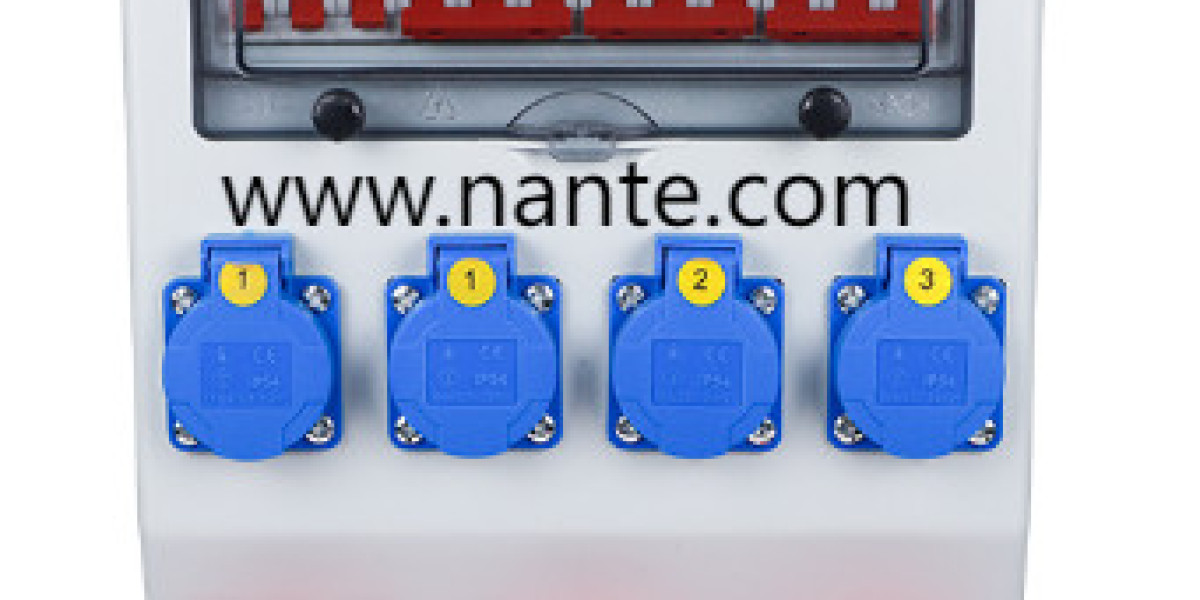Innovation in infrastructure is driving demand for adaptable power solutions, and a modular outdoor electrical distribution panel is at the heart of this transformation. By combining interchangeable modules—circuit breakers, metering units, surge protection, and more—these panels empower planners and installers to configure systems tailored to each site’s unique requirements, from remote work camps to outdoor festivals and construction zones.
In rapidly growing urban areas, pop-up events and public gatherings require reliable power while minimizing setup time. Modular panels allow technicians to snap in the necessary elements—such as lighting circuits or temporary charging stations—without overhauling the entire enclosure. This flexibility reduces labor, enhances safety by segregating high-voltage and low-voltage sections, and ensures consistent performance even under shifting demands.
Renewable energy integration is another key trend fueling modular design. Solar farms and wind microgrids often face variable output and dispersed layouts. An outdoor electrical distribution panel with plug-and-play inverters, monitoring modules, and battery management interfaces helps operators balance loads and maintain grid stability. When a new energy source comes online or capacity expands, technicians simply add or replace modules to accommodate the change, avoiding costly custom rebuilds.
Remote industrial sites—mining camps, oilfield installations, and rural agricultural operations—benefit greatly from panels designed for harsh environments. Weatherproof housings and corrosion-resistant finishes protect sensitive electronics from dust, moisture, and extreme temperatures. Inside, modules built to international safety standards can be arranged to prioritize critical equipment, backup generators, and remote communication devices, ensuring uptime and worker safety in challenging conditions.
Emergency response scenarios also demand rapid deployment of power. During disaster relief operations, medical tents, water pumps, and communications centers need dependable distribution points that can be set up in hours. A modular outdoor electrical panel stocked with standardized modules offers first responders a scalable toolkit: additional lighting, medical equipment circuits, or portable shelter feeds can be connected as the situation evolves.
Smart city initiatives are bringing connectivity to every corner of urban life. Streetlights, surveillance cameras, electric vehicle chargers, and environmental sensors all require efficient power management. Modular panels equipped with intelligent control modules communicate wirelessly with central management platforms, adjusting output based on real-time data and optimizing energy use. By customizing the panel layout, municipalities can roll out pilot projects quickly and scale successful deployments citywide.
Construction sites present yet another scenario where modularity shines. As buildings rise floor by floor, temporary power distribution must adapt to new layouts and loads. Workers can relocate sections of the panel to match each phase—installing heavy equipment feeds during foundation work, then switching to elevator and lighting modules during upper-floor assembly. Durable enclosures and quick-release connectors minimize downtime and keep projects on schedule.
For facility managers and technical teams, the predictive maintenance potential of modular panels is a significant advantage. Monitoring modules track temperature, voltage fluctuations, and load imbalances, signaling when components need inspection or replacement. Rather than waiting for a failure, teams can proactively swap out aging modules, reducing unplanned outages and extending the overall lifespan of the distribution system.
In the education and event sectors, flexibility is essential. Universities hosting outdoor exhibitions or workshops need power stations that can accommodate stage lighting, sound systems, and catering equipment without permanent installations. A modular outdoor electrical distribution panel provides a reusable infrastructure: event organizers select the right mix of sockets, safety devices, and metering modules for each occasion, simplifying logistics and boosting attendee satisfaction.
Whether planning large-scale energy projects, equipping mobile facilities, or enhancing urban amenities, the ability to tailor power distribution to evolving needs is a game changer. Customizable, scalable, and resilient, modular outdoor panels represent the next generation of electrical infrastructure. To explore a comprehensive range of modular solutions designed for real-world applications, visit www.nante.com .







